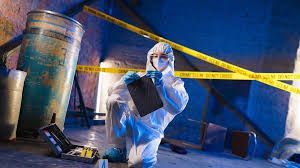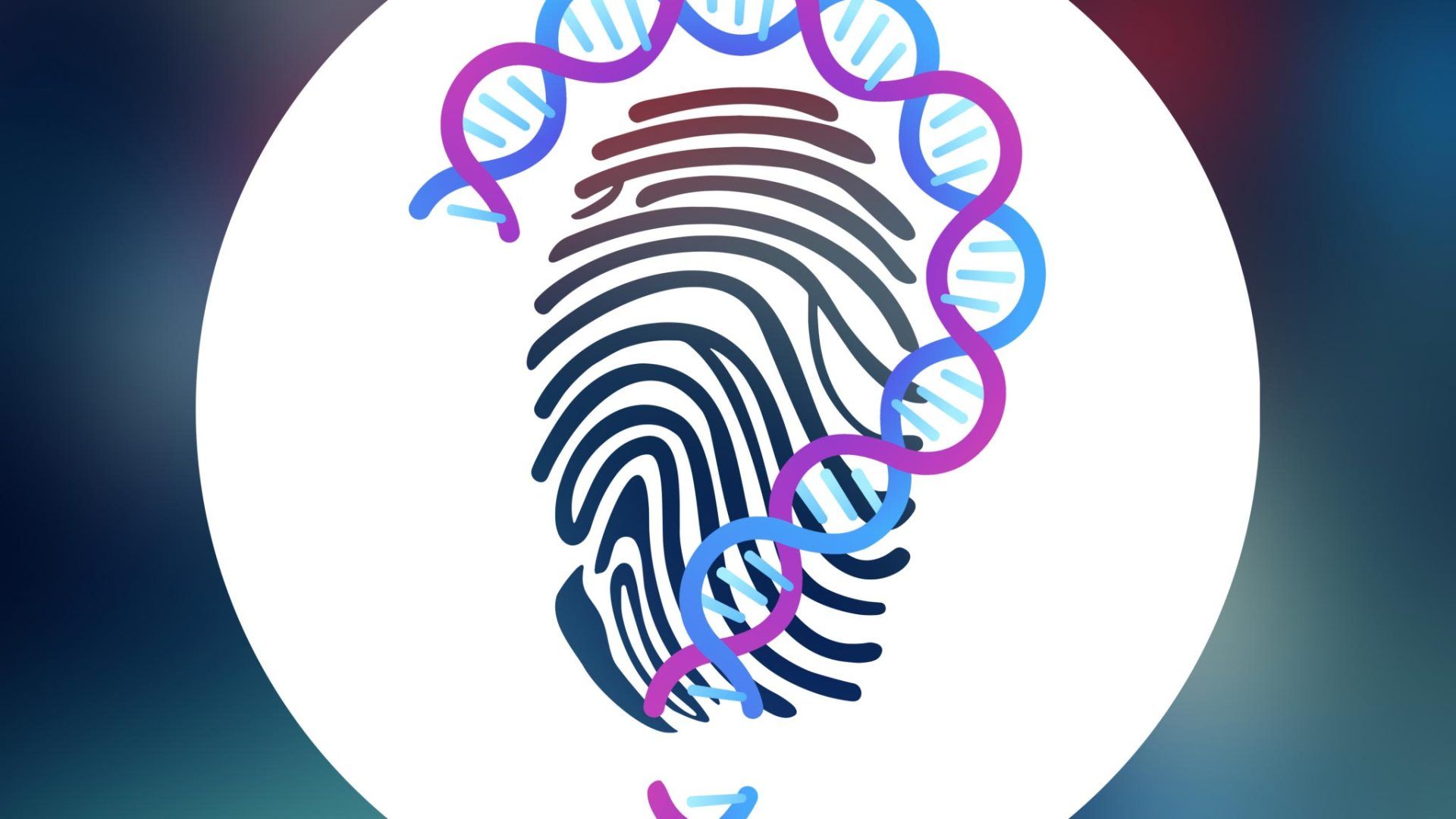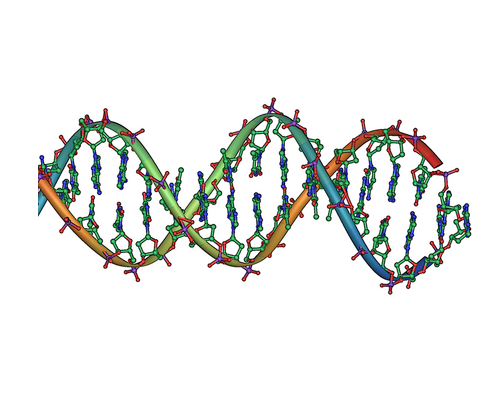Lifting Impossible Prints
SOURCE
ForensicMag
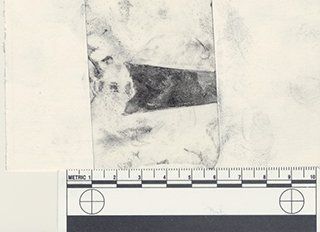
On July 21st, 2001, a female victim reported a burglary, assault and attempted rape that had occurred at her residence in Fairfax County, VA. With no actual rape, there was no semen or other fluids, from which to extract DNA for database profiling. However, there were several objects handled by the perpetrator at the crime scene, including a pair of sunglasses belonging to the suspect. These were processed in the standard manner for latent prints at that time, including superglue (cyanoacrylate) and black powder, followed by tape lifting. Unfortunately, this resulted in some ridge detail, but nothing approaching the quality needed for AFIS matching purposes. Several other items were sent to the forensic lab and swabbed for DNA but without success. With no print, no DNA, and no other trace evidence to go on, the case inevitably went cold. In 2014, a Fairfax County cold case detective, Jeremy Hinson, revisited the case, and on July 9th, decided to see if new latent print imaging modalities could reveal any usable print details. Laser on Sunglasses During August, 2014, we examined three pieces of evidence from this cold case that had previously been processed for trace evidence: a black nylon wallet, a black cordless phone, and a pair of black-framed sunglasses. Examination of these clearly showed that prior testing had occurred. The wallet had been processed using ninhydrin, and the phone had been processed using superglue and black powder. Neither of these objects showed any promise or potential for further processing. However, the sunglasses still showed a ridged area, and we decided to focus all further efforts on this area. The Fairfax County Police Department had acquired a forensic laser in 2010, and our first course of action was therefore to treat this area with rhodamine and photograph the area with this green laser at a wavelength equal to 532 nanometers.
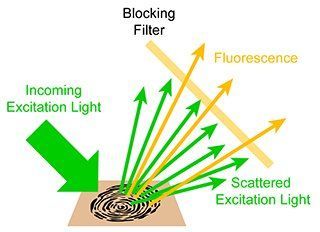
Laser illumination is now widely accepted as the best approach for capturing fluorescent images of prints and other organic trace evidence—either treated with rhodamine or even from native (incipient) fluorescence. The principles of fluorescent imaging are schematically illustrated in figure 2. The object or surface under test is illuminated by light in particular wavelength band, usually green. The natural fluorescence or dye-aided fluorescence of trace organics occurs at a longer wavelength in the yellow and orange part of the visible spectrum. In order to preferentially image the weak fluorescence relative to the much brighter scatter from simple reflection of the light source, a blocking filter is placed between the object and the digital camera. This boosts the visibility of the fluorescence by many orders of magnitude. The laser gives superior results compared to a filtered lamp because it provides high spectral brightness (monochromaticity) with zero out-of-band light. Laser light at a single wavelength, and the coherent nature of a laser beam means that almost all the laser power can be directed to a particular area, usually by a handpiece coupled by a fiberoptic umbilical.
Prior to laser scanning of the sunglasses, they were rinsed with methanol to remove any excess material other than the residual. Disappointingly, no new ridge details were revealed by using rhodamine and the laser in the standard manner. Nonetheless, six laser fluorescence images were printed and together with a DVD were submitted to the Northern Virginia Regional Identification System (NOVARIS). On August 21, we received notice back that the images were not of sufficient identification value.
Imaging Attempts with RTI
We then attempted to reveal the requisite ridge details using Reflectance Transformation Imaging (RTI). This is a software method of image processing that captures the surface shape or contour, and allows the viewer to observe localized details under optimum illumination and depth of focus for each location on the surface. We had recently been trained in the use of RTI by the widely recognized experts in this technology, a non-profit called Cultural Heritage Imaging; RTI is often used on historical and culturally important objects. Based on this training, we thought that if the shape of the glasses was accurately captured we might get print details that could be used for perpetrator identification.
Briefly, a conventional digital color image consists of red, green and blue (RGB) intensity values for each pixel. A composite RTI image data set consists of RGB intensity as a function of illumination angle. In technical terms, the RGB values are assembled as a function of two spatial and two angular parameters that uniquely define the location of the illumination lamp. Basically, the surface shape is derived from the relative brightness of shadows and both specular and diffuse reflections of the camera flash. The image can then be locally optimized for the surface angle impact on brightness, color bias, depth of focus and so on.
In practice we created a total of 36 color exposures from different known illumination angles. After about 90 minutes of processing, the final processed images were obtained. Unfortunately, while RTI clearly improved the images, we did not achieve AFIS usable quality. Attempts with HDR Photography
Originally developed for artistic purposes, High Dynamic Range photography is another software based technique that is being used increasingly in forensic work. A conventional photograph is recorded with a given aperture and exposure time determined by the camera or the photographer. But, any photographer knows that varying exposure parameters, such as shutter speed and aperture, will optimize the color rendition and detail in different parts of a scene. (The human eye and brain do this automatically as we scan and study a real scene).
In HDR, several full color images of the same scene are recorded under different exposure conditions. The HDR software combines these in a single composite image. This can then be manipulated by the skilled user to highlight details in any part of the overall image.
In this case, we took image sets consisting of three and five exposures using a standard filtered lamp light source, and then processed these using HDR. Again we could see improvement of the capture ridge details, but sadly still not to AFIS standards. Combining Laser and HDR
In a final throw of the dice, we decided to combine HDR with the laser, rather than lamp illumination. Again we recorded two different image sets—one with three exposure times, and one with five exposure times. Both image sets yielded a HDR optimized image of the ridge details that was definitely superior to anything we had achieved before. For reasons the author can only speculate about, the three-exposure data set surprisingly produced a slightly better HDR image than the five-exposure set.
We believed that the best HDR image met AFIS standards and on November 6, 2014 we submitted the laser-HDR images to NOVARIS. On the same day, we received notification that the ridges provided a conclusive match with a print from Aaron Hijjnalike Thomas, sometimes referred to as the “East Coast Rapist.” He was already serving three life terms, plus 80 years, for a multiple rape conviction in Prince William County, Virginia and had been further sentenced in March 2013 to two additional life terms for other rapes in Loudoun County, Virginia. Based on this fact, the prosecutor, in consultation with the victim, decided not to pursue the case further. Most importantly, however, Detective Hinson was able to provide closure for the victim in this case with the knowledge that her perpetrator was incarcerated with zero possibility of parole release. Closure
In addition to being able to assure the victim and the public that this dangerous serial perpetrator had been apprehended, the authors also had the satisfaction of knowing this case was solved via a latent print—a print obtained after 14 years in a cold case file. We believe this validates the unique advantages of combining laser print detection together with the newest image processing methods, along with a good, old fashioned dose of dogged persistence.
A full description of RTI can be found at: http://culturalheritageimaging.org/Technologies/RTI.
